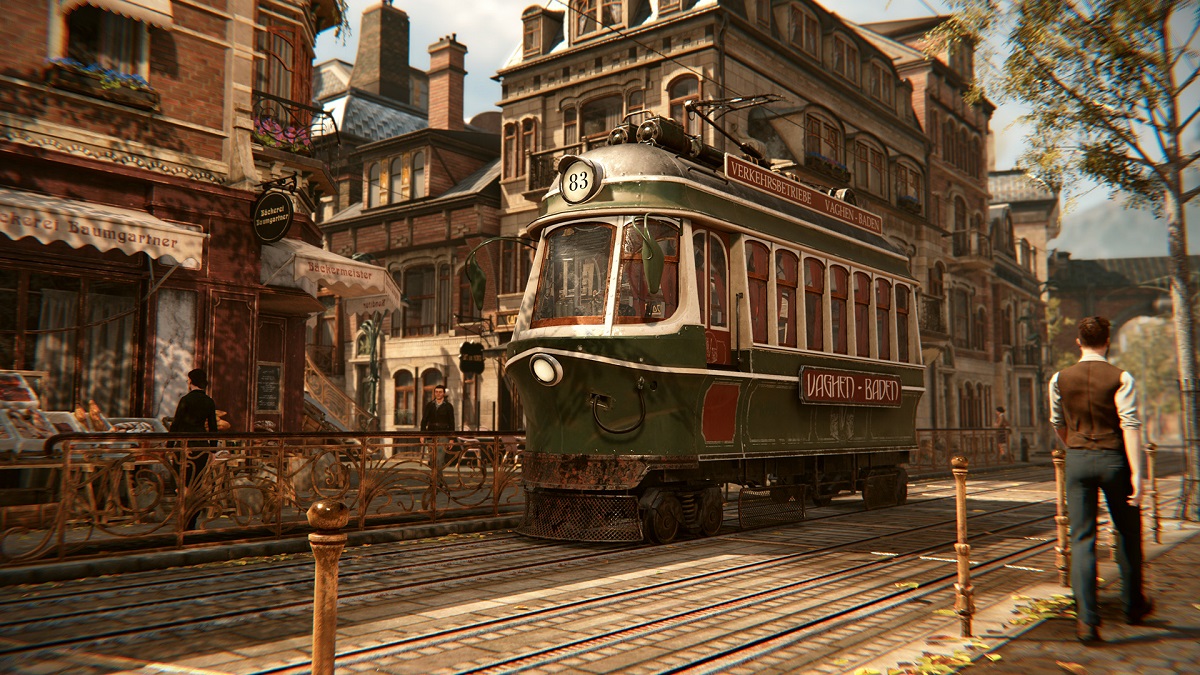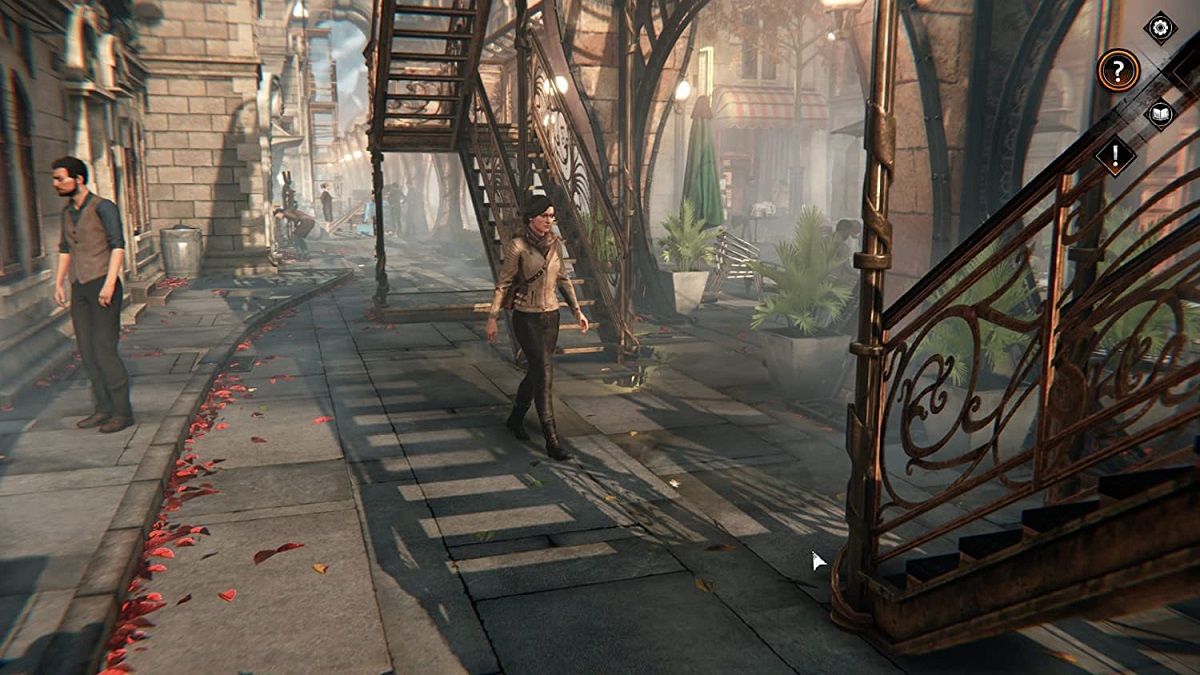Syberia: The World Before review
After the lacklustre Syberia 3, it was important to get the latest entry right, not just because it needed to remind players why the series was loved, but because its creator, Benoît Sokal, sadly passed away last year, so it was important to honour the legacy he left behind. Thankfully, Syberia: The World Before has plenty going for it, from its smart and intricate puzzles, to its sombre and moving story. It may be a little slow at times, and doesn’t doing anything particularly new, but it’s still a captivating adventure game filled with some remarkable visuals.
The story of Syberia: The World Before takes place in two separate timelines. One follows series’ protagonist Kate Walker in 2005, imprisoned in the salt mines (following on from the events of Syberia 3) who’s struggling with the news of her mother’s passing. The other follows a young woman called Dana Roze, a promising young pianist in 1937. After Kate escapes the mines following the tragic death of her friend, she is left alone, and the only thing of any worth in her possession is a painting of Roze: a woman that looks a lot like her. A year passes, and she becomes obsessed by finding out who the girl in the painting was, sending her to a small town called Vaghen, somewhere near Switzerland.

What surprised me the most was just how heartbreaking Dana Roze’s story was. It’s delicately handled and beautifully told, and throughout Syberia: The World Before, you switch between 2005 and 1937, getting to play through memories of Roze’s story as Kate tried to find out more about her. She was dealing with the threat of the Brown Shadow, essentially the Nazis, and the impending Second World War. There’re seldom references to Dana being Jewish, but rather Vageran, yet it’s basically the same thing. It’s baffling just why this blatant omission exists, especially as the Brown Shadow sounds more like a nasty mess left in your underpants than a fascist and dangerous power.
Regardless, Dana Roze’s story is by far the most fascinating of the two, and it highlights the plight of fascism, hatred, and ignorance at a time of great turmoil in the world. Due to the nature of the puzzles, you become invested in both characters. Almost everything you do requires a button prompt or press, pulling you into every task, from layered puzzles to simple tasks like pulling a pint, ringing a doorbell, and catching a tram. When you are solving some of the game’s trickier puzzles, they’re investing and smart, giving you plenty of brainteasers within a simple object.

For example, when you visit an antique shop in Vaghen as Kate, you need to open up a spherical automaton by turning dials to match a number sequence, move metal panels to find a button, and locate a key that requires further investigation to get it to take the correct shape in order to open the mechanism. These kind of puzzles present themselves throughout, and while not overly difficult, they’ll keep you on your toes and keep you invested until they’re solved. Outside of solving the various puzzles, much of Syberia: The World Before requires you to investigate a range of items like documents and paintings; open drawers and containers; interact with objects scattered around the streets and various buildings; and talk to passers by.
The opening of Syberia: The World Before feels slow, and it takes some time before you start to take an interest in what is going on. Much of the gameplay also feels sluggish, especially in walking and jogging around the streets, with certain conversations chugging along rather than offering anything of interest. As Kate arrives in Vaghen and visits a nearby refuge, it started to become a lot more interesting, and it helps that the visuals are stunning. The way you switch between the timelines is done well, and as the story progresses, both characters are given enough depth for you to care deeply about both of them.

The attention to detail in both the wider environments and enclosed spaces are wonderful. The scenic locations resemble Bob Ross paintings, building depth to the world around you. In closer environments like the town of Vaghen, the steampunk-like setting is both captivating and engaging, offering an alternate world to the one we’re familiar with. Some of the facial animations are a bit wooden, but the surroundings are gorgeous, and I couldn’t help but soak it all in.
Syberia: The World Before is a great adventure game that offers plenty of strong puzzles, and a story that keeps you engaged throughout. Despite the weak reasons for Kate travelling across Europe to find out about a girl in a painting she’s known about for five minutes, I was hooked with every new revelation, and was surprised by just how sad it can be, but that’s life, and for the time it was happening, that was unfortunately the day in the life of victim of fascism. It’s a gorgeous game, but some claustrophobic sections in enclosed areas do make you feel restricted in what you can do. Regardless, it’s so much better than its predecessor, and definitely a return to form for the series.




